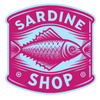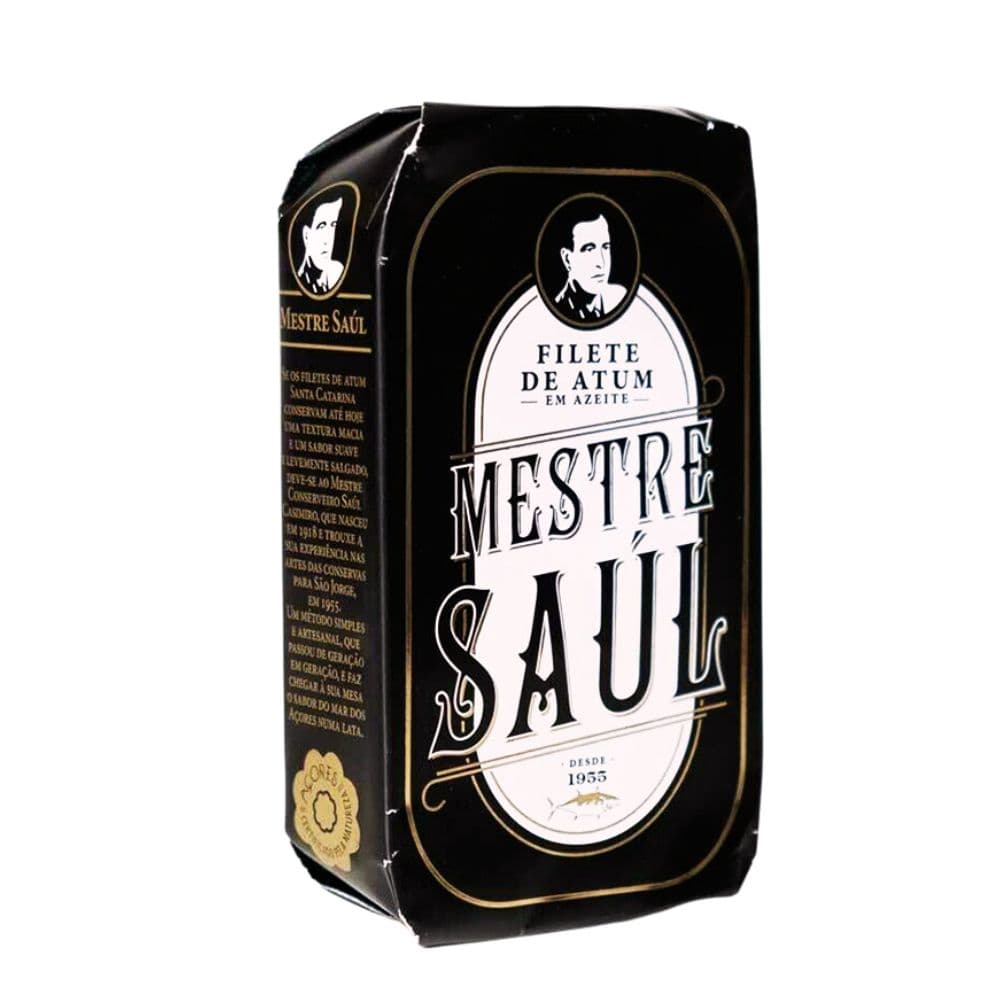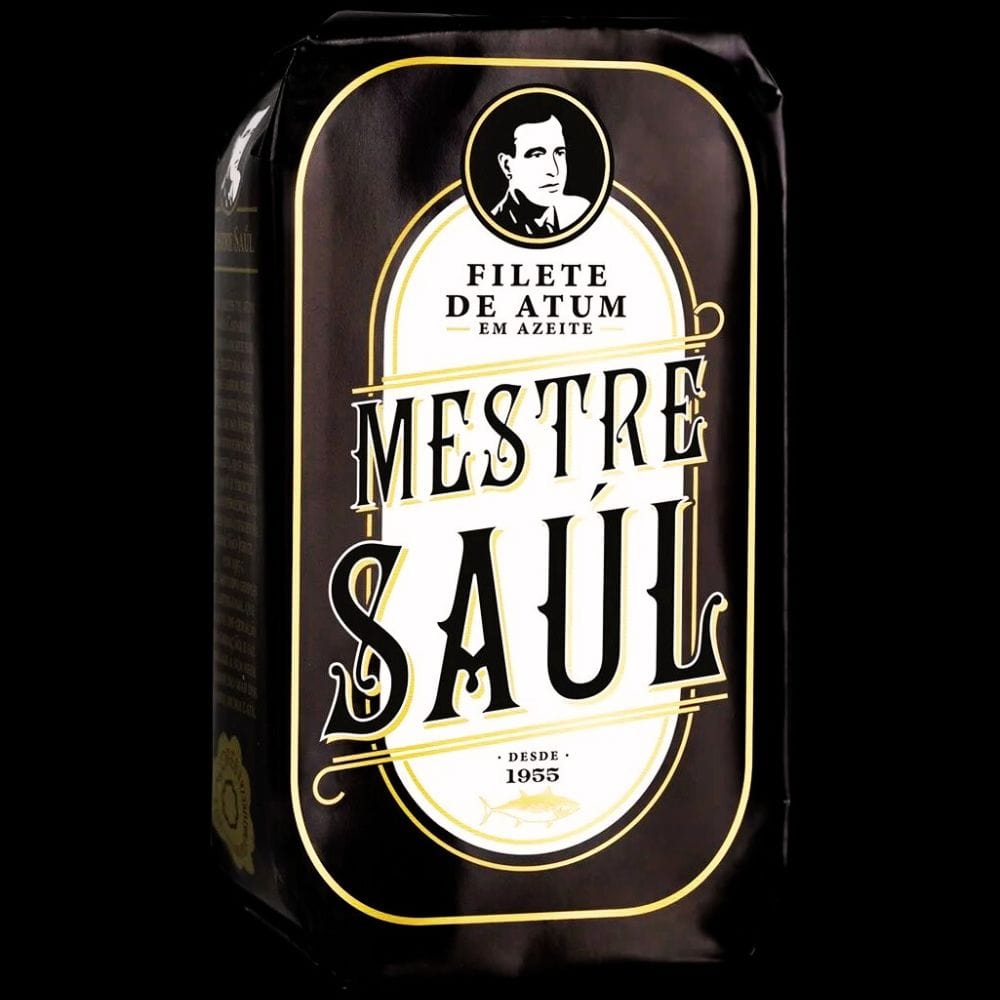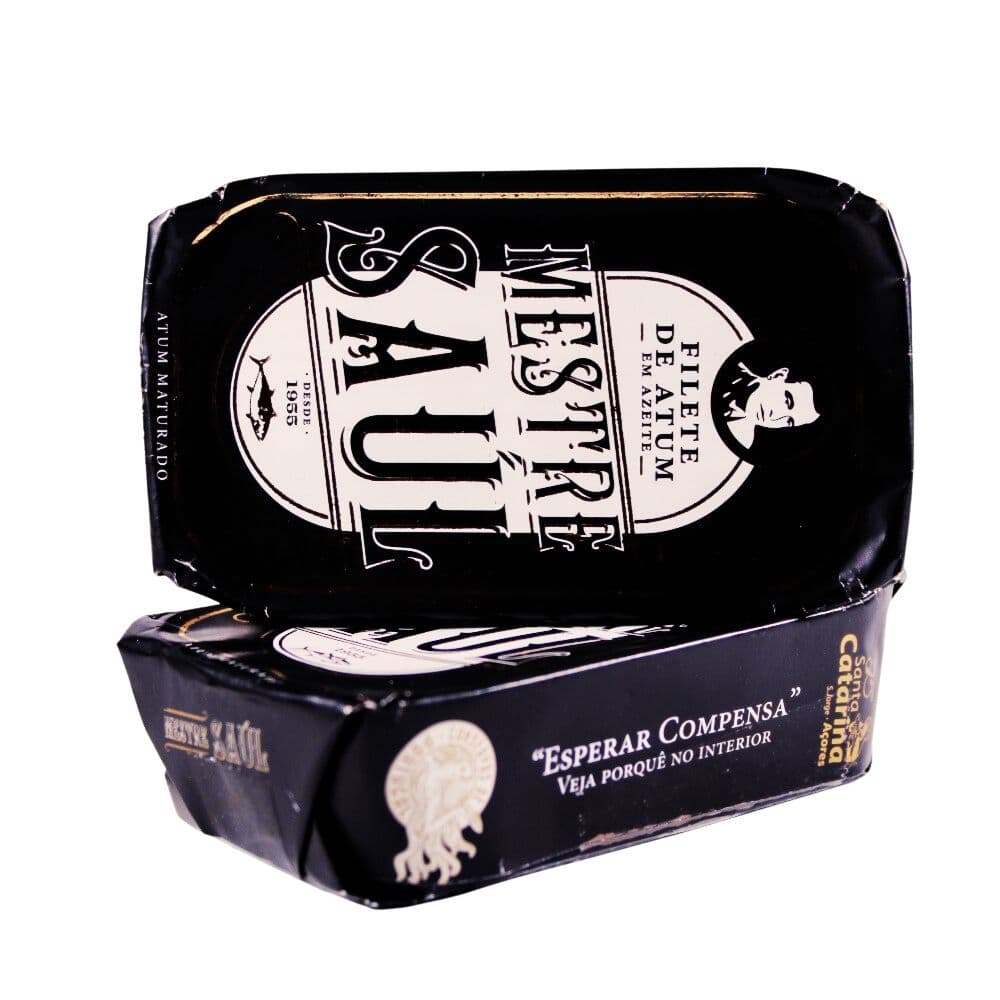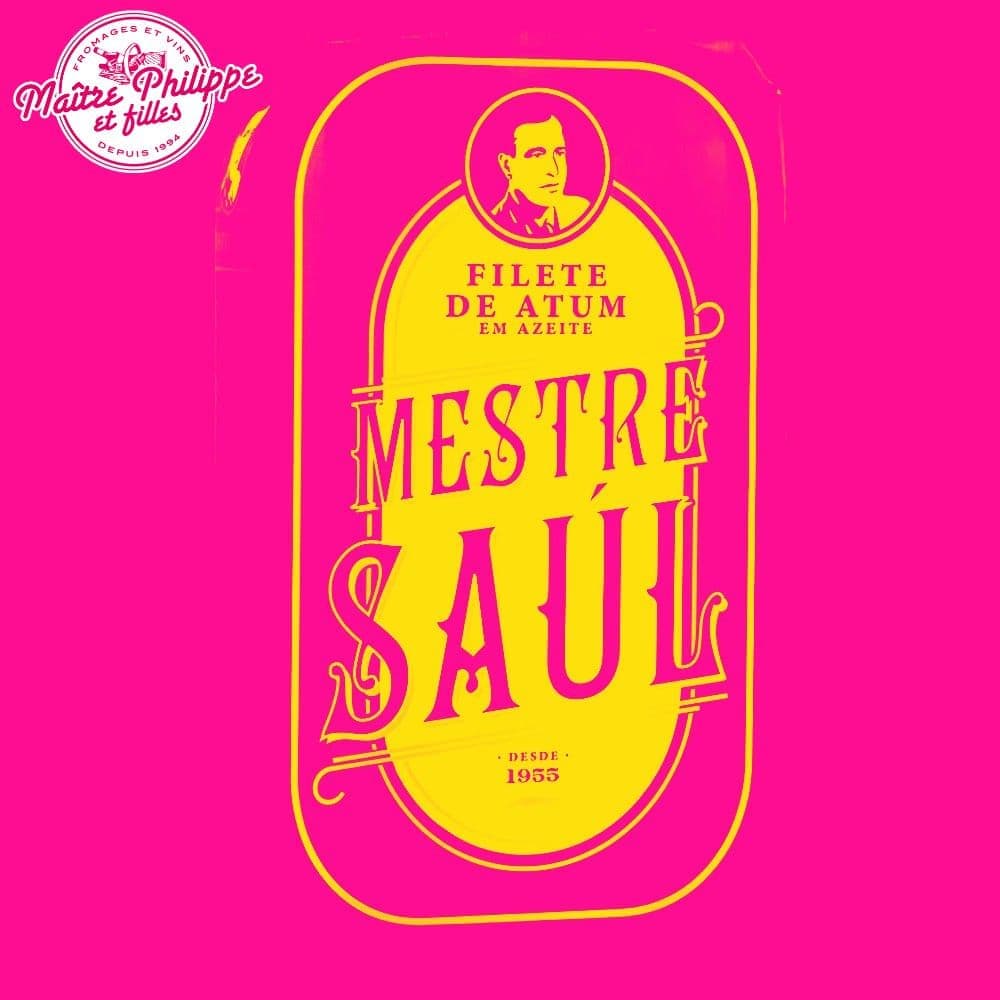Häufig gestellte Fragen
Wir hoffen, Ihnen mit diesen Antworten zu häufig gestellten Fragen weiterhelfen zu können.
Falls dennoch Fragen offen bleiben, Sie unsicher sind oder Hilfe brauchen, zögern Sie nicht und nehmen Sie gerne persönlichen Kontakt mit uns auf.
Unser Kontaktformular finden Sie auf dieser Seite Kontakt
WOHIN VERSENDEN SIE?
Wir versenden momentan nur nach Deutschland, Österreich und Dänemark.
Wir können auf Anfrage in viele andere Länder versenden. Sprechen Sie uns einfach an.
WIE HOCH SIND DIE VERSANDKOSTEN?
Versandkosten (zzgl. MwSt.)
Lieferungen im Inland (Deutschland):
Wir berechnen die Versandkosten pauschal, egal wieviel Sie bestellen. Diese Gebühr beträgt 15€ für Deutschland:
Lieferungen ins Ausland:
Wir berechnen die Versandkosten ins Ausland pauschal wie folgt:
- Österreich und EU-Länder: 20,00 €
MIT WELCHEN VERSANDDIENSTLEISTER ARBEITEN SIE?
Wir arbeiten momentan nur mit UPS oder DHL. Sie werden während des Bestellvorgangs aufgefordert, eine Liefermethode auszuwählen.
DAS NEUE SARDINE.SHOP KUNDENKONTOSYSTEM
Das neue Sardine.shop Kundenkontosystem revolutioniert den Login-Prozess durch einen passwortlosen Zugang.
Der Login-Ablauf:
Der Kunde gibt nur seine E-Mail-Adresse ein. Sardine.shop sendet daraufhin einen einmaligen "Magic-Link" per E-Mail (optional auch per SMS). Ein Klick auf diesen zeitlich begrenzten Link gewährt direkten Zugang zum Kundenkonto.
Die Vorteile: Keine vergessenen Passwörter mehr, höhere Sicherheit und deutlich weniger Frustration beim Login-Prozess.
